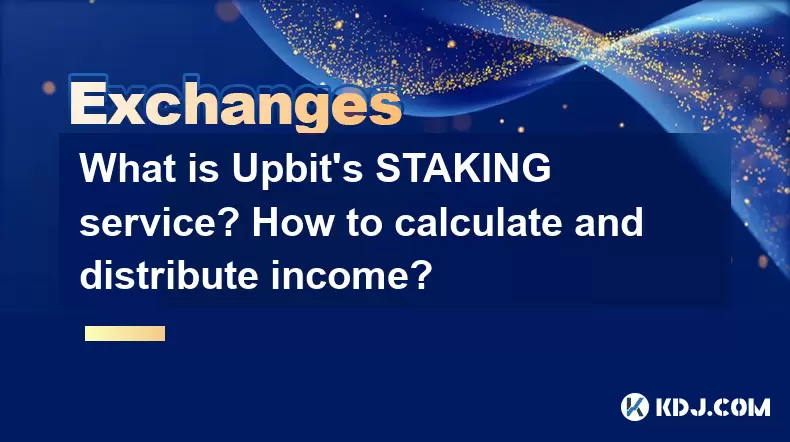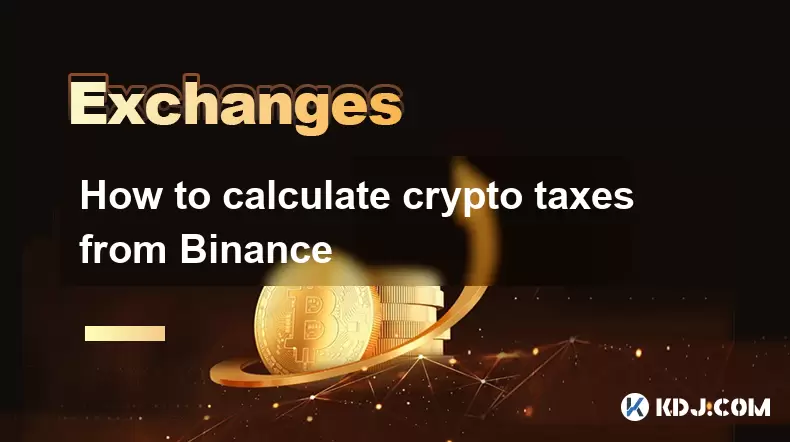-
 Bitcoin
Bitcoin $117500
2.15% -
 Ethereum
Ethereum $3911
6.19% -
 XRP
XRP $3.316
10.79% -
 Tether USDt
Tether USDt $1.000
0.01% -
 BNB
BNB $787.2
2.24% -
 Solana
Solana $175.2
4.15% -
 USDC
USDC $0.9999
0.00% -
 Dogecoin
Dogecoin $0.2225
8.40% -
 TRON
TRON $0.3383
0.28% -
 Cardano
Cardano $0.7868
6.02% -
 Stellar
Stellar $0.4382
9.34% -
 Hyperliquid
Hyperliquid $40.92
7.56% -
 Sui
Sui $3.764
7.63% -
 Chainlink
Chainlink $18.48
10.66% -
 Bitcoin Cash
Bitcoin Cash $582.1
1.88% -
 Hedera
Hedera $0.2601
6.30% -
 Avalanche
Avalanche $23.33
4.94% -
 Ethena USDe
Ethena USDe $1.001
0.02% -
 Litecoin
Litecoin $122.3
2.04% -
 UNUS SED LEO
UNUS SED LEO $8.969
-0.27% -
 Toncoin
Toncoin $3.339
0.86% -
 Shiba Inu
Shiba Inu $0.00001287
4.30% -
 Uniswap
Uniswap $10.43
7.38% -
 Polkadot
Polkadot $3.861
5.08% -
 Dai
Dai $1.000
0.02% -
 Bitget Token
Bitget Token $4.513
3.41% -
 Monero
Monero $267.7
-6.18% -
 Cronos
Cronos $0.1499
4.14% -
 Pepe
Pepe $0.00001110
5.15% -
 Aave
Aave $284.9
8.28%
What is Upbit's STAKING service? How to calculate and distribute income?
Upbit's STAKING service simplifies earning passive income by managing the staking of eligible cryptocurrencies like ATOM, XTZ, and ETH, distributing rewards to users.
May 14, 2025 at 03:07 pm

Upbit's STAKING service is a feature that allows users to earn passive income by holding and staking certain cryptocurrencies on the Upbit exchange. Staking involves locking up a portion of your cryptocurrency holdings to support the operations of a blockchain network, in return for rewards. Upbit's STAKING service simplifies this process by managing the staking on behalf of users, allowing them to earn rewards without the need to set up their own nodes or manage the technical aspects of staking.
What is Staking and How Does it Work on Upbit?
Staking is a process used by certain blockchain networks, primarily those that use a Proof of Stake (PoS) consensus mechanism, to validate transactions and secure the network. Instead of miners using computational power to solve complex mathematical problems, as in Proof of Work (PoW) systems, stakers lock up their tokens to participate in the validation process. In return, they receive rewards, usually in the form of the staked cryptocurrency.
On Upbit, the STAKING service automates this process. Users can stake their eligible cryptocurrencies directly through the Upbit platform. Upbit then pools these staked assets and manages the staking process, distributing the earned rewards back to the users. This service is particularly beneficial for users who want to participate in staking without the technical knowledge or resources required to run their own nodes.
Eligible Cryptocurrencies for Upbit's STAKING Service
Not all cryptocurrencies on Upbit are eligible for staking. The platform typically supports staking for cryptocurrencies that use a PoS or similar consensus mechanism. Some of the common cryptocurrencies that Upbit may offer staking for include:
- Cosmos (ATOM)
- Tezos (XTZ)
- Ethereum (ETH) after its transition to Ethereum 2.0
The list of eligible cryptocurrencies can change over time, so it's important for users to check Upbit's official announcements and the STAKING section of their account to see which assets are currently supported.
How to Participate in Upbit's STAKING Service
To start staking on Upbit, follow these steps:
- Log into your Upbit account: Ensure you have an active Upbit account and the necessary KYC verification completed.
- Navigate to the STAKING section: This is usually found under the "Finance" or "Earn" tab on the Upbit platform.
- Select the cryptocurrency you want to stake: Choose from the list of eligible cryptocurrencies available for staking.
- Enter the amount you want to stake: You can stake as much or as little as you want, depending on the minimum and maximum limits set by Upbit.
- Confirm the staking transaction: Review the details and confirm your staking request. Once confirmed, your assets will be locked up for staking, and you will begin earning rewards.
Calculating and Distributing Income from Upbit's STAKING Service
The income from staking on Upbit is calculated based on several factors:
- The amount of cryptocurrency staked: The more you stake, the higher your potential rewards.
- The staking duration: Some networks offer higher rewards for longer staking periods.
- The network's reward rate: Each blockchain network has its own reward mechanism and rate, which can fluctuate over time.
Upbit distributes the staking rewards to users periodically, typically on a daily or weekly basis. The exact frequency can vary depending on the cryptocurrency and the specific terms of the staking program. Rewards are usually credited directly to the user's Upbit account in the same cryptocurrency that was staked.
Fees and Withdrawal of Staked Assets
Upbit may charge a small fee for managing the staking process. These fees are typically deducted from the staking rewards before they are distributed to users. The exact fee structure can be found in Upbit's fee schedule or the terms of service for the STAKING program.
Withdrawing staked assets can also involve a waiting period, known as the unstaking period, which varies depending on the cryptocurrency. During this period, you cannot access your staked assets, but you may still earn rewards. Once the unstaking period is over, you can withdraw your assets back to your Upbit account or transfer them to an external wallet.
Monitoring Your Staking Performance
To keep track of your staking performance on Upbit, you can use the following tools:
- Staking Dashboard: Upbit provides a dashboard where you can view your staked assets, the amount of rewards earned, and the estimated future rewards.
- Transaction History: Check your transaction history to see when rewards were credited to your account.
- Notifications: Upbit may send notifications when rewards are distributed or when there are changes to the staking program.
Risks and Considerations
While staking can be a lucrative way to earn passive income, there are risks involved. The value of the staked cryptocurrency can fluctuate, which means the value of your rewards in fiat currency can also change. Additionally, there is a risk of slashing, where a portion of your staked assets could be penalized if the network detects malicious activity or if the validator node fails to perform its duties correctly. Upbit's STAKING service mitigates some of these risks by managing the technical aspects, but users should still be aware of the potential downsides.
Frequently Asked Questions
Q: Can I unstake my assets at any time?
A: You can initiate the unstaking process at any time, but you will need to wait for the unstaking period to end before you can access your assets. The duration of this period varies by cryptocurrency.
Q: Are there any minimum or maximum limits for staking on Upbit?
A: Yes, Upbit sets minimum and maximum limits for staking, which can vary by cryptocurrency. These limits are usually detailed in the STAKING section of the platform.
Q: How does Upbit ensure the security of staked assets?
A: Upbit employs various security measures to protect staked assets, including cold storage, multi-signature wallets, and regular security audits. However, users should also take their own security precautions, such as enabling two-factor authentication.
Q: Can I stake multiple cryptocurrencies at the same time on Upbit?
A: Yes, you can stake multiple eligible cryptocurrencies simultaneously on Upbit, as long as you meet the minimum staking requirements for each asset.
Disclaimer:info@kdj.com
The information provided is not trading advice. kdj.com does not assume any responsibility for any investments made based on the information provided in this article. Cryptocurrencies are highly volatile and it is highly recommended that you invest with caution after thorough research!
If you believe that the content used on this website infringes your copyright, please contact us immediately (info@kdj.com) and we will delete it promptly.
- Tron's Sell-Off Spurs Altcoin Shift: What's Next for TRX?
- 2025-08-08 08:30:12
- RUVI Presale: Is the Growth Potential Real?
- 2025-08-08 09:10:12
- Sleep Token's US Takeover: Thornhill Rides the 'Even In Arcadia' Wave
- 2025-08-08 08:30:12
- FTT Token's Wild Ride: Creditor Repayments vs. Market Drop - A New Yorker's Take
- 2025-08-08 07:10:12
- Floki Crypto Price Prediction: Riding the Robinhood Rocket or Just a Meme?
- 2025-08-08 07:15:12
- EigenLayer, Restaking, and Ethereum: Navigating the Hype and the Hazards
- 2025-08-08 06:30:12
Related knowledge

How to use margin trading on Poloniex
Aug 08,2025 at 09:50am
Understanding Margin Trading on Poloniex

How to use advanced trading on Gemini
Aug 08,2025 at 04:07am
Understanding Advanced Trading on GeminiAdvanced trading on Gemini refers to a suite of tools and order types designed for experienced traders who wan...

How to deposit USD on Bitstamp
Aug 07,2025 at 05:18pm
Understanding Bitstamp and USD DepositsBitstamp is one of the longest-standing cryptocurrency exchanges in the industry, offering users the ability to...

How to use the Kraken Pro interface
Aug 08,2025 at 09:57am
Understanding the Kraken Pro Interface LayoutThe Kraken Pro interface is designed for both novice and experienced traders seeking a streamlined experi...

How to find my transaction ID on Gemini
Aug 08,2025 at 12:50am
Understanding the Transaction ID in Cryptocurrency ExchangesA transaction ID (TXID) is a unique alphanumeric string that identifies a specific transfe...

How to calculate crypto taxes from Binance
Aug 08,2025 at 07:56am
Understanding Cryptocurrency Taxation on BinanceCalculating crypto taxes from Binance requires a clear understanding of how tax authorities classify d...

How to use margin trading on Poloniex
Aug 08,2025 at 09:50am
Understanding Margin Trading on Poloniex

How to use advanced trading on Gemini
Aug 08,2025 at 04:07am
Understanding Advanced Trading on GeminiAdvanced trading on Gemini refers to a suite of tools and order types designed for experienced traders who wan...

How to deposit USD on Bitstamp
Aug 07,2025 at 05:18pm
Understanding Bitstamp and USD DepositsBitstamp is one of the longest-standing cryptocurrency exchanges in the industry, offering users the ability to...

How to use the Kraken Pro interface
Aug 08,2025 at 09:57am
Understanding the Kraken Pro Interface LayoutThe Kraken Pro interface is designed for both novice and experienced traders seeking a streamlined experi...

How to find my transaction ID on Gemini
Aug 08,2025 at 12:50am
Understanding the Transaction ID in Cryptocurrency ExchangesA transaction ID (TXID) is a unique alphanumeric string that identifies a specific transfe...

How to calculate crypto taxes from Binance
Aug 08,2025 at 07:56am
Understanding Cryptocurrency Taxation on BinanceCalculating crypto taxes from Binance requires a clear understanding of how tax authorities classify d...
See all articles

























































































